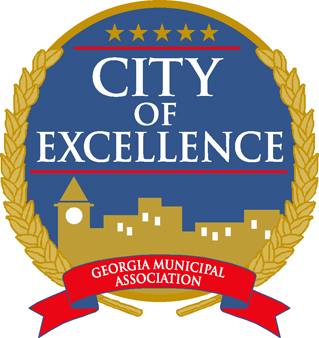
The Lower Creek Indians first lived in the territory of Georgia known as Emanuel County. They hunted for deer and other wild game for food and pelts, held their War and Green Corn Dances, and fished in the Ohoopee and Canoochee Rivers. In 1540, Spanish Explorer General Hernando De Soto traveled through Georgia and by 1732 a Royal Charter for the state was granted to Englishman James Oglethorpe. The new colonists were to be citizen-soldiers, supply the mother country with natural resources while keeping the Spanish, French, and Indians at bay from the better-established colonies to the North. In 1741, the Trustees divided Georgia into two counties: Savannah and Frederica. The Savannah County was later divided into districts and these districts were divided into eight parishes for the establishment of religious worship in accordance with the rites and ceremonies of the Church of England.

On February 5th, 1777, the parishes were replaced with counties, this being ratified by the first State Constitutional Convention in Savannah. The section of Georgia now known as Emanuel County became a part of Washington County. From Washington County, at a later date, was formed Montgomery County, with its county seat at one time located within five miles of Swainsboro. In 1812, Emanuel County was created by the Georgia Legislature, being taken boldly from territories then embraced by Bulloch and Montgomery counties. Emanuel County was named after David Emanuel who served as Governor of Georgia in 1801. Emanuel was a member of the Democratic Republican Party and was the first Jewish Governor of any U.S. State.
On November 18, 1814, an act was approved by Gov. Early designating a site for public buildings in Emanuel County. It was restricted to within one mile of the place pointed out by Jesse Mezzel as the center of the County and it was to be located on the highest hill within three miles of Steve Rich’s horse lot near Modoc, where the first court in Emanuel County was allegedly held. This hill, 317 feet high, is now the site of the Swainsboro’s Downtown Square. The County Commissioners agreed upon a County seat and it was made permanent by act approved on December 6th 1822. The name of the town was to be Swainsboro.
Swainsboro was thought to have been named after Stephen Swain who represented Montgomery and Emanuel Counties in the state senate for 33 years. The name was briefly changed in 1852 to Paris but changed back to Swainsboro shortly after. The name given to the town is unique; there is only one Swainsboro in the world.
For an unabridged history of Swainsboro please check out Emanuel Memories from the Franklin Memorial Library. Emanuel Memories includes hundreds of stories depicting the unique history to this region.


